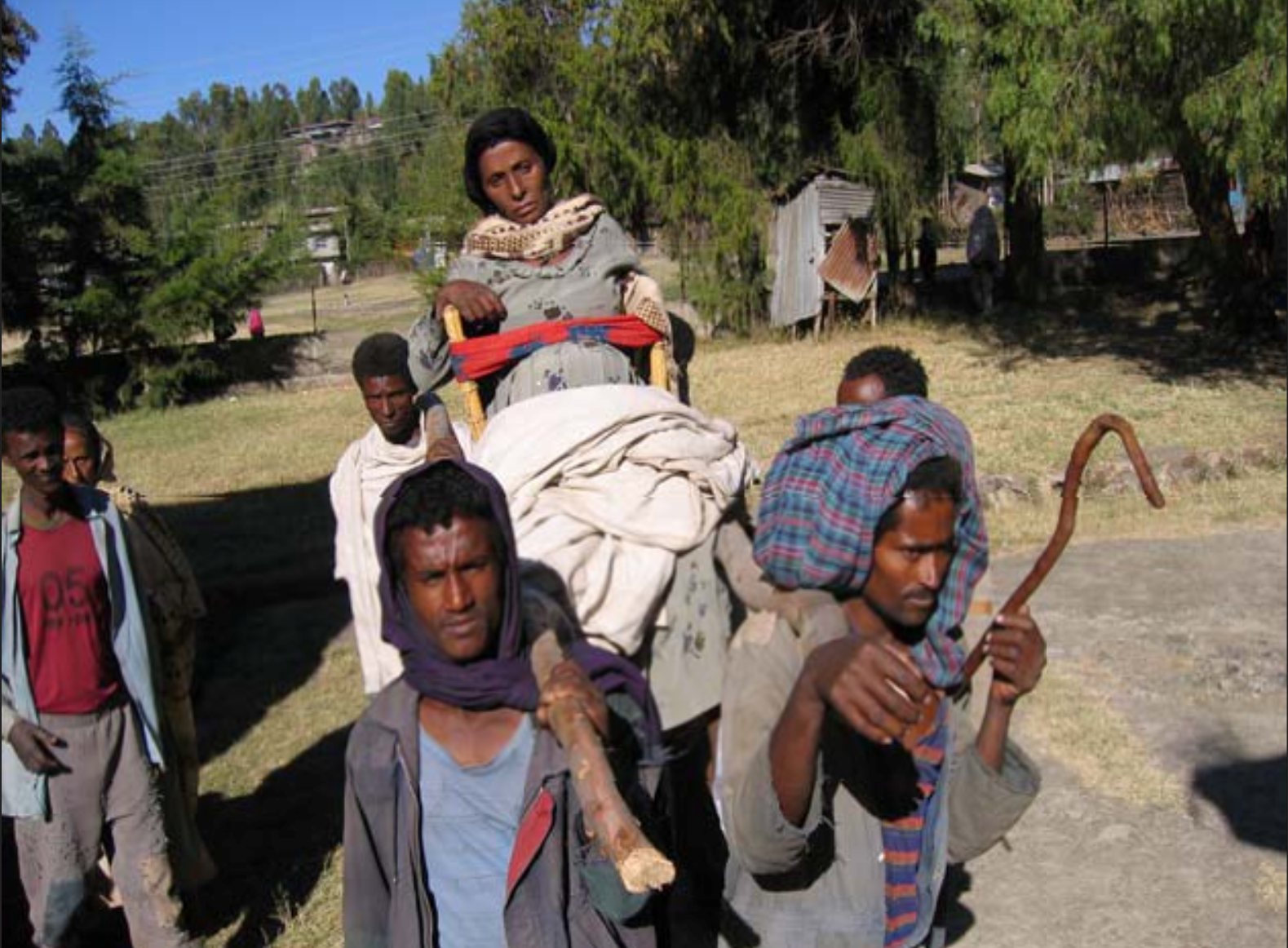AMREF results follow up 2018
%
Maternal deaths caused by direct obstetric complications
- Abortion 32%
- Obstructed labour 22%
- Sepsis 12%
- Haemorrhage 10%
- Hypertension 9%
Most midwives and health extension workers (HEWs) who participated in the baseline survey perceived text messaging through mobile phones as a means of ensuring good follow up (75%). At the same time 73% perceived text messaging as a good accountability tool for providing evidence that they have provided care to patients.
Only 57% of pregnant women were told about the need to have ANC follow-up and it was the HEWs (59%) who did most of the informing according to these mothers. Facility delivery assisted by skilled health professionals was only 54%, postnatal care coverage was 23%, and among these 23% only 7% had four or more checks.
Challenges in using cell phones were: frequent interruption in network connections and electricity for charging, as well as inability to comprehend the language the message was constructed in (reported language barrier when the message is in English).
Of those with cell phones, 24% reported no problem in using them, and for other respondents who experienced problems, the problems included language barriers (51%), network problems (37%) and shortage of electricity to charge (21%). The major source of health information was health development armies and health extension workers who account for 36% and 43% respectively. Some of the respondents’ expressions can be summarised with the quote below:

